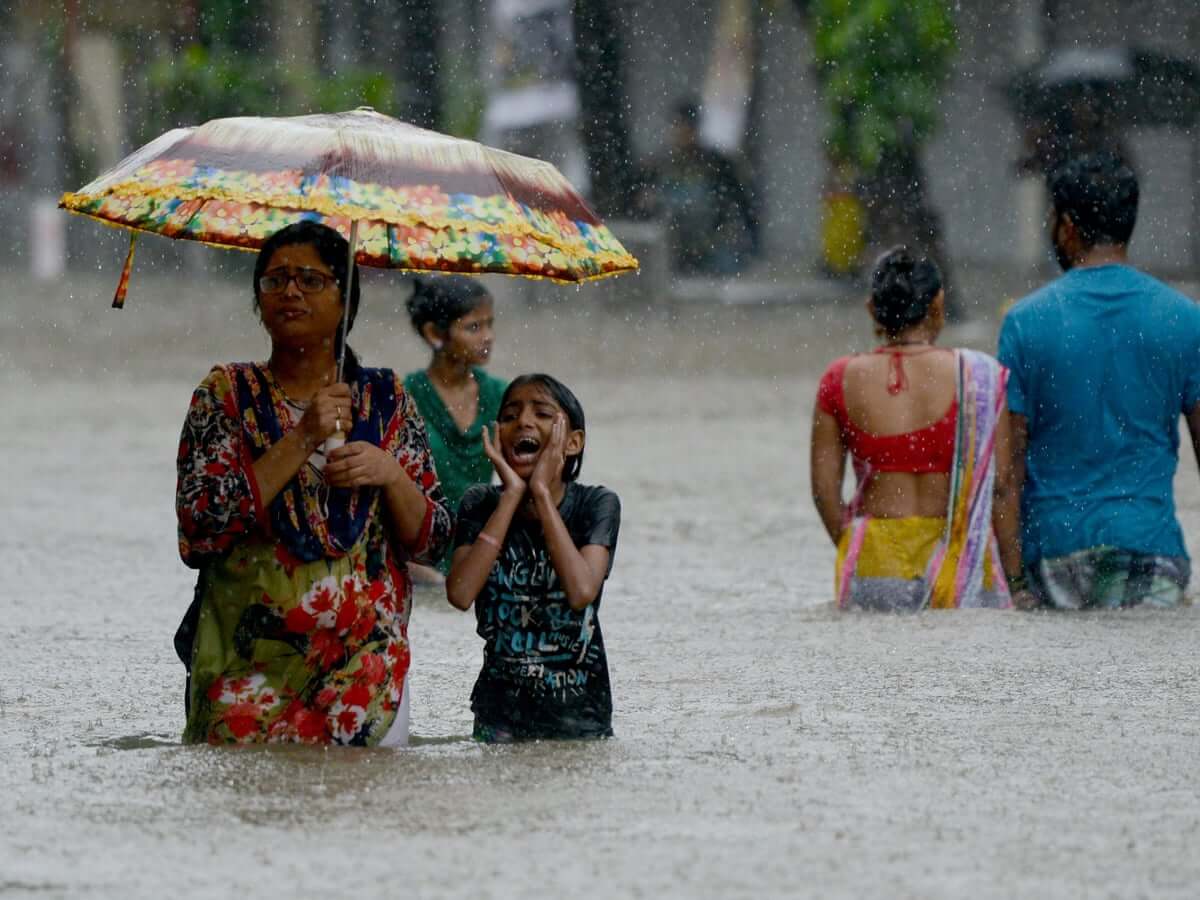Alongside the threat of rising COVID-19 cases, South Asian countries have been forced to respond to another disaster—flooding. Over the past few weeks, India, Bangladesh, Bhutan, Myanmar and Nepal have all faced a rising death toll and damage to infrastructure caused by these floods. According to the Southeast Asia Flash Flood Forecast System, the abovementioned countries are facing one of the worst threats in years caused by inundation. Reports suggest that the monsoon has already led to the death of 221 people and affected one million people in South Asia.
Each country has a different response mechanism for flood management. For instance, in India, the north-eastern states are the worst affected. The floods have caused the death of 85 people in the region alone. The hardest-hit state, Assam, has already carried out rescue operations in 22 districts. However, the state continues to struggle with its flood management. Assam’s health minister, Biswa Sarma, said: “We have floods taking a deadly turn and simultaneously we are fighting the pandemic spreading its tentacles everywhere.” The rescue efforts are also hindered with the need to follow the social-distancing protocols in rescue shelters to avoid unchecked outbreaks. Moreover, the Kaziranga National Park, a world heritage site situated in Assam, is also severely affected, with officials reporting the death of 50 animals already.
Similarly, Bangladesh is also struggling to sufficiently respond to the threat caused by the inundations. Flooding in country has been extremely severe over the past few years. In fact, several experts have warned Bangladeshi authorities that, as a result of the rising sea levels, they may lose 10% of their land, which stands to displace 18 million people. Amidst the current flooding, Enamur Rahman, the Minister for Disaster Management, announced that over one thousand emergency shelters have been opened up to tackle internal displacement The floods are also predicted to disproportionately affect the Rohingya refugees in the country, as most of them are residing in low-lying flood-prone areas such as Cox Bazaar. In fact, the Bhasan Char island, where Bangladesh intends to house 100,000 refugees, has been pronounced by the United Nations (UN) as “uninhabitable”, due to its vulnerability to landslides and floods during the monsoons.
Nepal, too, faces a rising threat of devastation. With 67 deaths, several experts say that Nepal has failed to learn from its previous mistakes in handling the floods. Madhukar Upadhya, an expert on climate change and a practitioner of watershed management, said, “We see landslides and other disasters across the country every year … There is an administrative set-up from the centre down to the local level, but the kind of response required to avert disasters and minimise the damage is missing.” He says that to strengthen the response system, Nepal must, primarily, strengthen local disaster management, rather than focussing on a top-down approach.
Due to the rising frequency of heavy rainfall in the region, which experts attribute to climate change and global warming, South Asia has been left reeling from the impact of floods over the past few years. In 2017, floods caused over 1,000 deaths in South Asia. Similarly, in 2019, 600 people were killed, and over 25 million were affected due to the flooding during the monsoon season.
While countries have partially succeeded in setting up flood management systems domestically, according to a report by the South Asia Network on Dams, Rivers and People, the lack of coordination between countries has worsened the damage caused during the monsoons. The region is also tainted with growing political disputes, which has further hindered the multilateral response to the inundations. For instance, on Monday, Nepal’s Home Minister, Ram Bahadur Thapa, claimed that India’s construction along the India-Nepal border has “blocked the flow of water” and caused flooding in adjoining areas in Nepal. He added, “It is interference rather than a political move of India against Nepal.” He also said that the diplomatic negotiations on the issue were not working. He claimed, “Agreements over it were signed at the time of Indian Prime Minister’s visit to Nepal but all of them are yet to be implemented.”
Image Source: The Guardian
Floods in South Asia Lead to Over 200 Deaths
India, Bangladesh, Bhutan, Myanmar and Nepal have been worst-affected.
July 17, 2020

